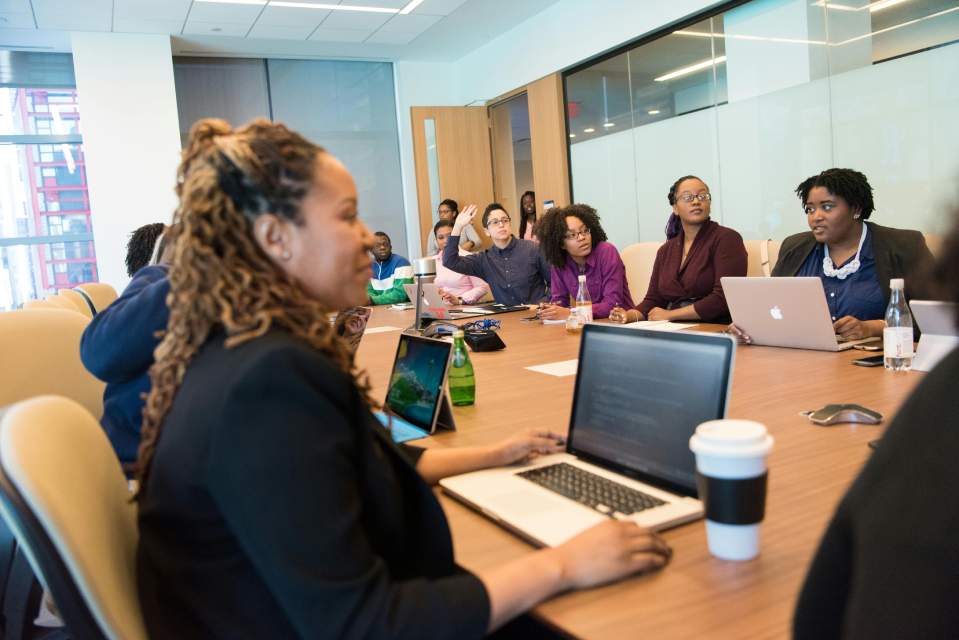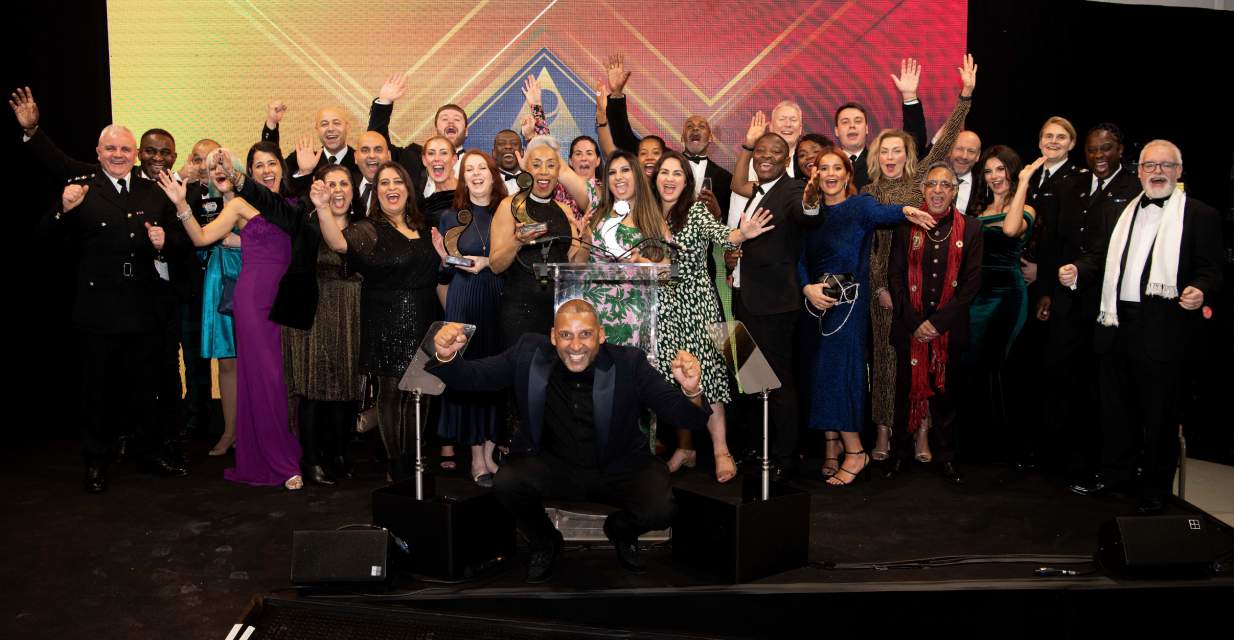Why do you go to networking events? Have lunch with colleagues? Seek out advice from experts—and your peers? The answers to these questions are self-evident. Face-to-face relationship building is a natural part of our work and lives.
But when it comes to using social media to build business relationships, many women come up short says Vanessa DiMauro for Forbes Woman. They question what digital networking tools can do for them and often misunderstand the ways that these tools can serve as an extension of our in-person professional networks.
DiMauro believes this is a huge missed opportunity. But perhaps women are shying away from these platforms because they don’t know how to use social networking tools strategically. And maybe, although they can work a room with the best of them, they find the digital networking process daunting and mysterious. Relax. Successful networking has always been about connecting—people to people, and people to data. Now it’s being done through technical means.
So when you approach the social world, put aside your fears and misconceptions and remember that there’s a person behind every worthwhile social media account.
With that in mind, here are four key questions that can help women take advantage of digital networking opportunities:
1. What do you want to accomplish?
Are you seeking to build your credibility? Attract new customers to your business? Or build a network of likeminded professionals? The answer to these strategic questions should guide how you approach digital networking.
Let’s say you want to attract new customers. In the real world, you would create a target account list. In the digital world, you can use the search function on LinkedIn and Twitter to do the same. Start with a list of firms and then drill down into the role you target. Narrow further by identifying individuals in that role who are active in social media.
Once you have identified these folks, act as you would in the real world: follow them, join their conversations, engage with them, share their stuff, and acknowledge their accomplishments.
2. Who are you?
When you look at your profile on LinkedIn, do you see a living, breathing person—or a resume? Chances are you built your LinkedIn profile to show the world your credentials and perhaps to ensure job stability through the dark days of the recession.
But times have changed, and LinkedIn is no longer an online resume database: it’s a lively forum of thinkers, collaborators, buyers, clients, and networkers. And Twitter is not just for teens. It is an engaging milieu of senior leaders, press and analysts, and interesting people. So go ahead and revamp your LinkedIn profile to let your personality and passions shine through.
3. What are your interests?
You are in control of your content online, and have an opportunity to use your ideas and thought leadership to align yourself with the topics that matter to you.
Join groups on LinkedIn that relate to your interests and conduct searches on Twitter to find people and research that resonates. Share your ideas openly and be sure to value the contributions of others. A quid-pro-quo approach is key to cultivating your digital affinity groups.
4. Who do you want to meet?
The shortest distance between two people is a common interest. This adage holds true both on and offline, but the wonders of digital networking eliminate geography and time zone constraints.
Online networking enables you to meet people that you would not have an opportunity to engage with in real life. For example, experts can be more accessible online than in the real-word as the exchange is brief and it is easy to walk away.
The people you meet on social media are there because they welcome interactions with others. So there’s no need to break down the barriers that may exist offline.
Read the full article here: http://goo.gl/TV5r1f








